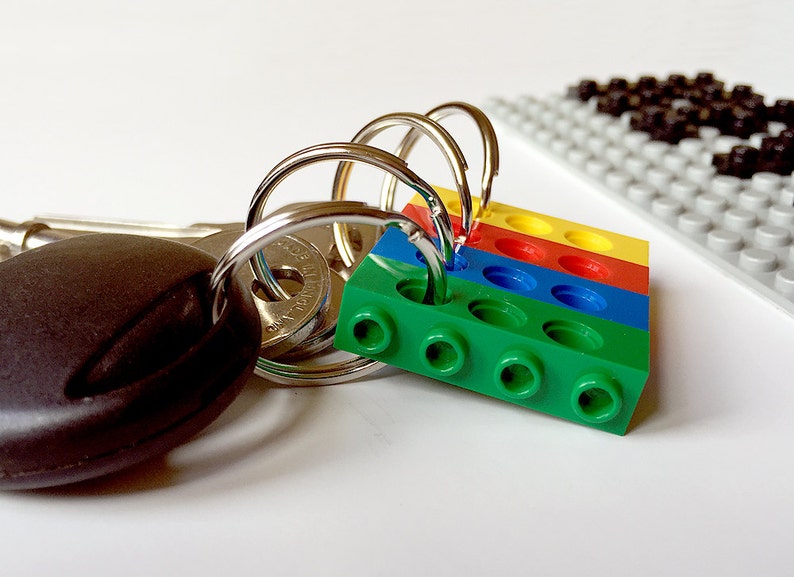

#LEGO KEY HOLDER TRIAL#
On appeal, the Beijing High People's Court upheld the trial court's ruling. A trial court found many Coko bricks to be infringing Coko was ordered to cease manufacture of the infringing bricks, publish a formal apology in the Beijing Daily, and pay a small fee in damages to Interlego. In 2002, Lego Group's Swiss subsidiary Interlego AG sued the company for copyright infringement. One such competitor is Coko, manufactured by Chinese company Tianjin Coko Toy Co., Ltd. These competitor products are typically "compatible" with Lego bricks, and are often marketed at a lower cost than Lego sets. The toy company Tyco Toys produced such bricks for a time other competitors include Mega Bloks and Best-Lock. Since the expiry of the last standing Lego patent in 1989, a number of companies have produced interlocking bricks that are similar to Lego bricks. These additional meanings, the first two of which are very relevant, only made sense when the company started making plastic blocks with knobs (lego blocks) so that they could be put together.įurther information: Interlego AG v Tyco Industries Inc However, the name also means in Latin either "I collect", "I compose" or "I read". The name "LEGO" is a contraction of the words Danish: "leg godt" (English: "play well"). In North America, Samsonite managed the Lego brand from 1961 until 1972 ( United States) and 1986 ( Canada).

He also built an airport in Billund to facilitate the sale of Lego toys around the world. After a fire in the woodworking department, Ole's son, Godtfred, decided to stop the production of wooden toys and solely focus on plastic products and the Lego system. Manufacturing of plastic Lego bricks began in Denmark in 1947. Initially producing wooden toys, the company later developed a system of interlocking bricks. The Lego company was founded in 1932 by Ole Kirk Christiansen, a carpenter whose primary business of producing household goods had suffered due to the Great Depression.


 0 kommentar(er)
0 kommentar(er)
